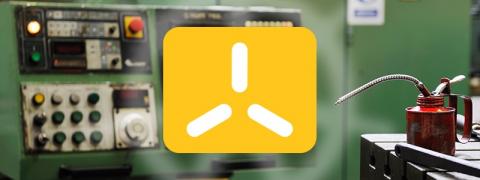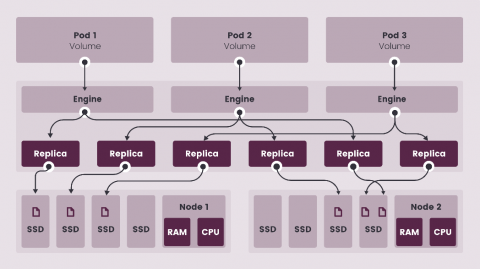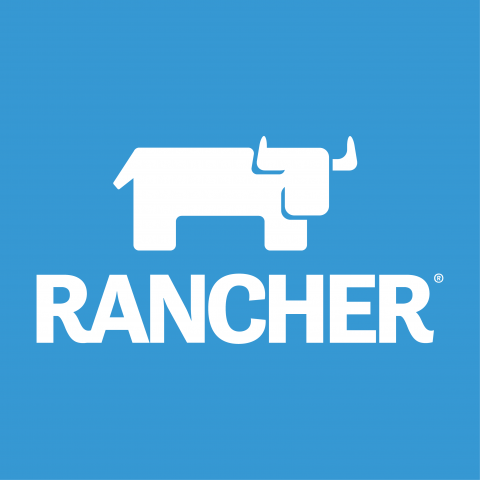Why K3s Is the Future of Kubernetes at the Edge
By next year the number of connected devices will exceed 20 billion. The vast majority of these devices run on Arm architecture, increasingly at the infrastructure edge. With this growth in mind, the need for an agile, Arm-based development methodology has become increasingly urgent. Arm Neoverse provides the required IP for building the next gen of edge to cloud infrastructure to support the data explosion we are seeing, primarily caused by IoT.








